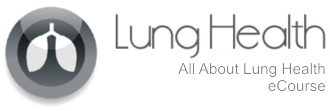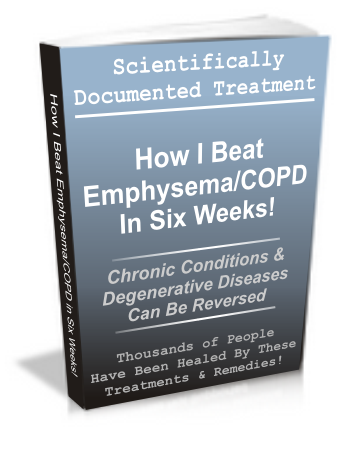
Lesson 14: Smoking and Lung Problems
The association between heavy, long-term smoking and lung problems has been recognized for over 150 years. As early as the 1860s, physicians were warning patients about the relationship between the habit and breathing problems. Modern research has only served to make that link clearer and more well-founded.
There are over 4,000 chemicals in cigarette smoke that are potentially harmful. Not all are present in significant amounts, to be sure, but nicotine and other known-carcinogens (cancer-causing compounds) are. Several of them, under the heat of combustion of the tobacco leaves, bind together to form tar, a known lung-injuring compound.
Tar acts in two ways to produce stress on various parts of the lungs. Because of its sticky nature, it clings to cilia, the short, hair-like structures that line the airways (the bronchi and bronchioles). There, they hinder the natural action of the cilia. Here’s how…
Mucus producing cells in the airways are stimulated when irritants contact them. Smoke, dust, and small organisms are trapped by the mucus and the cilia move upward in a coordinated way to push that phlegm back up the passages. From there, natural muscular action coughs it up, spits it out, or swallows it.
Tar hinders the ability of cilia to perform that function. At the same time, other chemicals stimulate excess production of mucus, making it harder for the already-weakened cilia to operate. Other chemicals in cigarette and cigar smoke contribute to the breakdown of those natural clearing mechanisms. Pipe smoke will too, but it is less likely to be inhaled, and hence tends to affect the throat, tongue, and lips more than the airways.
At the same time, tar and other substances from smoke tend to migrate far down into the lungs, ultimately reaching the end-points: the alveoli. These are the tiny sacs at the terminus of the bronchioles that exchange CO2 out of and oxygen into the bloodstream. That exchange is the primary function of breathing.
The mere physical presence of tar particles tends to interrupt the function of the alveoli, since they occupy space that would otherwise contain air or CO2. But, in addition, several compounds in cigarette smoke tend to weaken the walls of the alveoli and otherwise damage their natural function.
Over time, the effect builds up as can be seen by the black stains visible on a smoker’s lungs. Gradually, lung capacity is reduced. Over a period of years, the chemicals continue to injure all the parts of the lung and airways, representing a major risk factor for COPD, including chronic bronchitis and emphysema, as well as other lung diseases.
The odds of a long-term, pack-a-day smoker contracting these conditions is about 10 times higher than a person who never smoked. Fortunately, quitting now can reduce your odds of disease to near the levels of a non-smoker. After about five years of non-smoking, most individuals chances of contracting lung cancer, for example, are only somewhat higher than those of a smoker.
End of Lesson 14
To access the next lesson click its #/title in the right sidebar >>
The treatment Jim did is one of the world’s most scientifically demonstrated & documented alternative treatments. Healing successes by it have been documented thousands of times, even in mainstream medical journals, going back over 100 years. Yet, many doctors know little to nothing about it. This list of medical journals includes one of the most prominent, JAMA (The Journal of the American Medical Association).
This alternative & natural treatment Jim did is essential for lung health, to prevent or even possibly reverse lung problems. Like most all effective alternative & natural treatments, they don’t directly “cure”—but align with the natural processes of the body to facilitate it to heal itself as it naturally tends to try to do …

 Are you ready to read Jim’s amazing full recovery story, the detailed natural program he did and thousands of others have done, and much more?
Are you ready to read Jim’s amazing full recovery story, the detailed natural program he did and thousands of others have done, and much more?
If you are, simply click on “BUY EBOOK NOW” at the top of this page. You can have your e-book downloaded to your computer and be reading it in only minutes from now!



